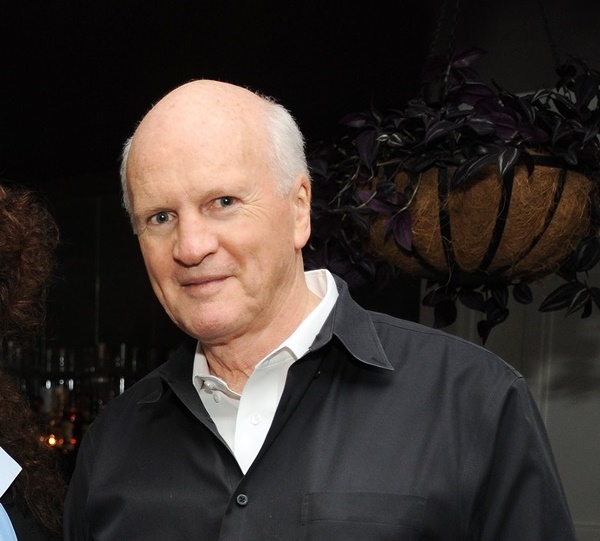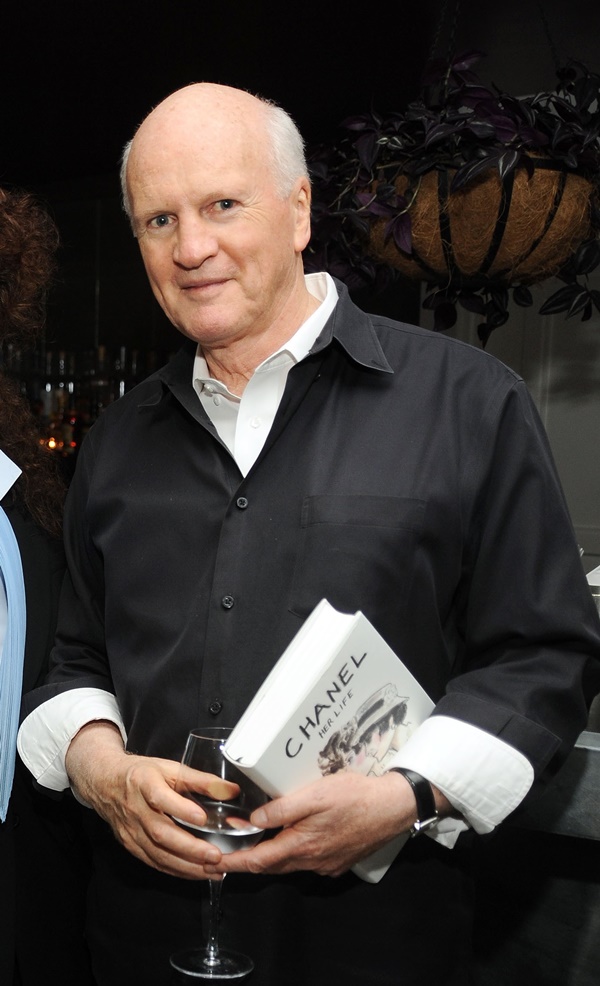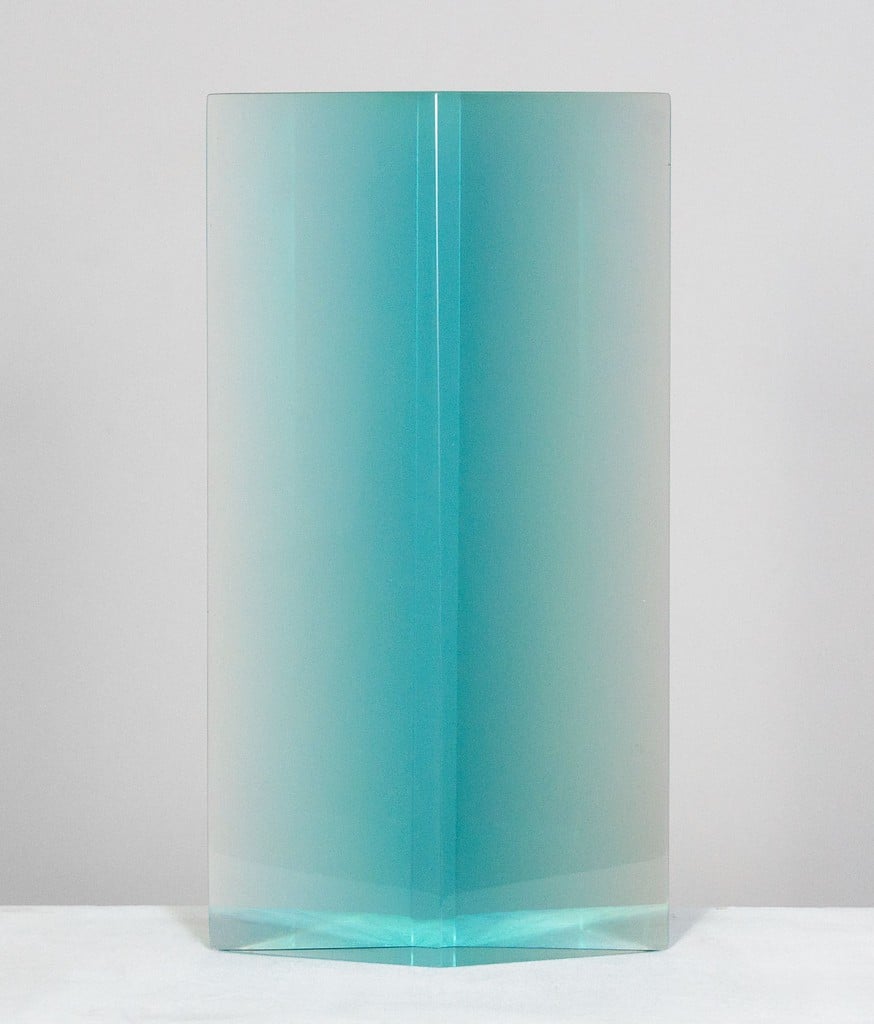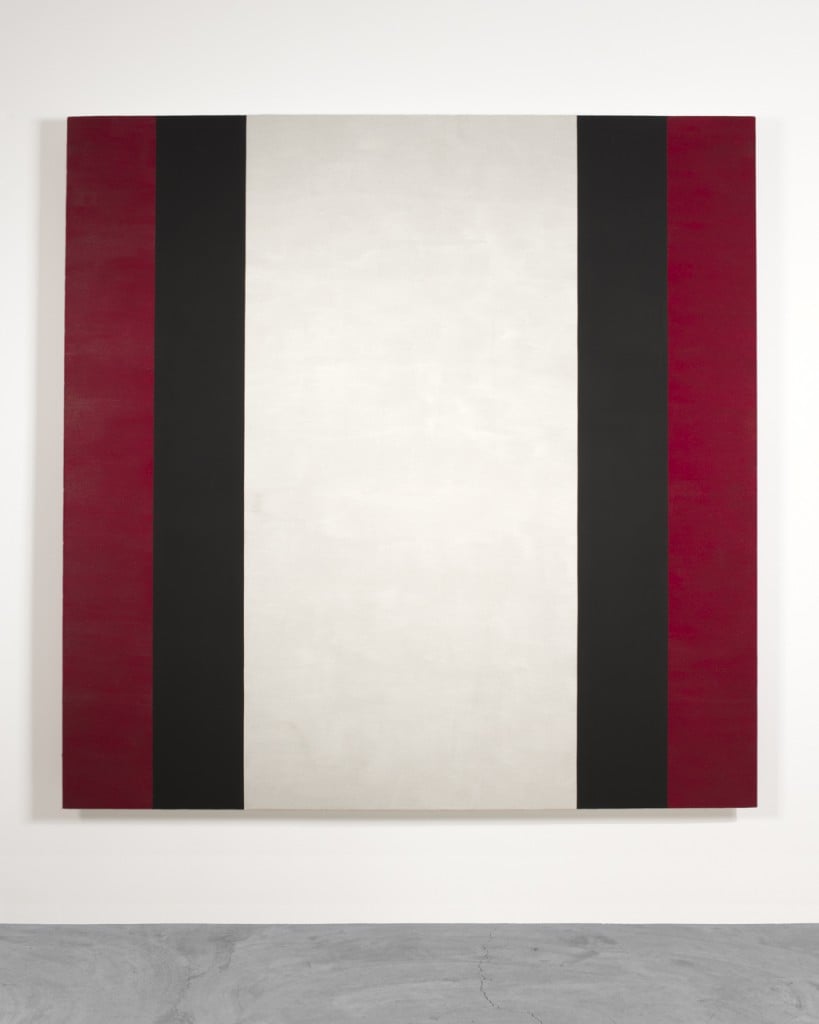Analysis
LA Dealer Douglas Chrismas Fails to Make Court-Ordered Payment of $17.5 Million
Sorting out millions in art and money.

Sorting out millions in art and money.

Eileen Kinsella


Dougas Chrismas ©Patrick McMullan. Photo ANDREAS BRANCH/PatrickMcMullan.com
Los Angeles dealer and Ace Gallery founder Douglas Chrismas is back in the spotlight today with the latest development in a highly complicated bankruptcy filing. Now that the dealer has officially lost the keys to his own gallery—after failing to make a court-ordered payment of $17.5 million on April 6 to settle certain debts—dozens of artists and collectors are fighting for the return of works they claim are theirs.
Sam Leslie, a bankruptcy trustee who is trained in forensic accounting, is now running the show at Ace, according to Jori Finkel at the New York Times. Leslie told the Times that he is overseeing Chrismas’s business affairs by acting as “de facto CEO of the reorganized business” and that “it’s a new world for Ace. Douglas is no longer involved in finances.” Leslie’s “big challenge is tracing ownership of thousands of artworks held by Ace. He plans to sell what he can to satisfy the gallery’s creditors.”
The case has echoes of the extraordinarily complex bankruptcy case of disgraced dealer Lawrence Salander, who is now serving a prison sentence for his fraud. He was convicted of pocketing money for among other things, selling works he did not own, or selling the same work, or shares in the same work, to multiple investors. Sorting out who is entitled to which works and which funds has taken years for specialists in the case.

De Wain Valentine Diamond Column, Blue (1978).
Photo: Courtesy of Ace Gallery, Los Angeles.
Christine Steiner, an attorney who specializes in art law and works with many artists told the Times that dozens of artists could be affected by Leslie’s decisions. “So many important artists have showed with Ace and deposited works with the gallery… the gallery has made it very difficult for some artists to pick up their art.” Steiner added that it was “seismic” for these artists that an accountant is taking over.
Chrismas legal and financial woes stretch back for decades, apparently. In a 2003 profile in LA Weekly, Kristine McKenna opened her lengthy piece with this:
One of the great mysteries of the art world is how Doug Chrismas keeps on doing what he does. As director of Ace Institute of Contemporary Art, he’s provided a home for some of the world’s most demanding art since 1966. That makes Ace the longest running gallery in town. Chrismas has the biggest gallery, too.
McKenna said court archives dating back to 1976 turned up documentation for more than 55 lawsuits brought against Chrismas, including by artists, dealers, collectors, private investors, service industries, landlords, and former friends. He had been sued under three different spellings of his surname and nine different business names, and that was in LA alone, she wrote.
She also detailed his efforts to stonewall her story, first refusing to participate and urging artists and friends not to, then realizing the story was proceeding and attempting to control it, including meeting with her. McKenna painted a picture of something of a sociopath. When questioning him as to whether it was true Richard Serra had pulled a gun on him once in an attempt to recoup money for work, Chrismas “says the story is untrue, but looks amused and rather pleased.”
The Times says Light and Space artist De Wain Valentine is one of many artists who has filed claims during the bankruptcy case, seeking payments or return of work. Specifically, he is looking for eight, early experimental sculptures that he consigned to Ace between 2010 and 2012.
In a recent interview, Chrismas told the Times that Valentine “owes the gallery a large chunk of money.” An attorney for Valentine responded that he and his client “have absolutely no idea what he is talking about,” adding that Chrismas never advanced any money.

Mary Corse, Untitled (Red, Black, White Beveled) (2015).
Photo: Courtesy of Ace Gallery, Los Angeles.
Mary Corse, another Light and Space artist, has also filed a motion seeking return of some early works. In her case, her attorney says Chrismas and Ace, which still has a contract with the artist, have been “responsive to her requests.”
In an email to artnet News, Steiner pointed out that “contrary to expectations of creditors of a bankrupt gallery, the consigned work of artists cannot be liquidated to pay debts. There are explicit statutes governing artist-gallery relations/consignments in New York and California.”
Finkel credits Chrismas, who founded Ace in 1967, with his “adventurousness” in running the gallery. He let artists like Robert Irwin and Michael Heizer “radically remake his gallery architecture,” and he also helped put Tim Hawkinson and Tara Donovan on the map with big shows in his cavernous LA spaces. A New York branch he once ran in Tribeca is now defunct.
He also organized early solo shows of Bruce Nauman, Sol LeWitt, Andy Warhol, Sam Francis and Ed Ruscha, but complaints of late checks began early, too. In a 1979 entry from the book The Andy Warhol Diaries, Warhol said that Mr. Chrismas gave him the runaround: ‘He’s so awful … If he’d just say, ‘I can’t pay you,’ you’d know where you stood’.
Chrismas put a positive spin on the new situation with Leslie when questioned by the Times. “I’m so thrilled these gentleman are here. I can now focus on what everyone says I do best, which is curatorial and sales.”